It’s the same on the inside. Not for Jaguar the almost industrial surfacing cleanliness preferred by the Germans. There are aspects of the XJR’s interior that make me want to put my fist through the dashboard at times – chiefly the utterly lamentable navigation and information system – but the rest of the time I just love being on board. At the risk of sounding like a spurned Love Island competitor, it’s just so special in there.
And it’s still a pretty cool thing to drive. I don’t doubt that if you gathered its key opponents and compared the lot it would come anywhere other than last, because the game has moved on so far since this most recent generation of XJ was first shown almost exactly nine years ago, but Jaguar has always known how to make cars handle and, with 568bhp at its disposal, this one is refreshingly rapid too.
But there’s something else. I don’t know whether it’s the latest round of model year enhancements (which include electric steering for rear- wheel-drive cars like this), something about the XJR575 or this car in particular, but it feels more together, more poised and precise, than any other XJ I’ve driven. I actually find myself offering silent curses that the car is like this only at the very end of its life because had it managed it from the start, perhaps Jaguar would have sold more and perhaps it wouldn’t now be on the point of being withdrawn from sale.
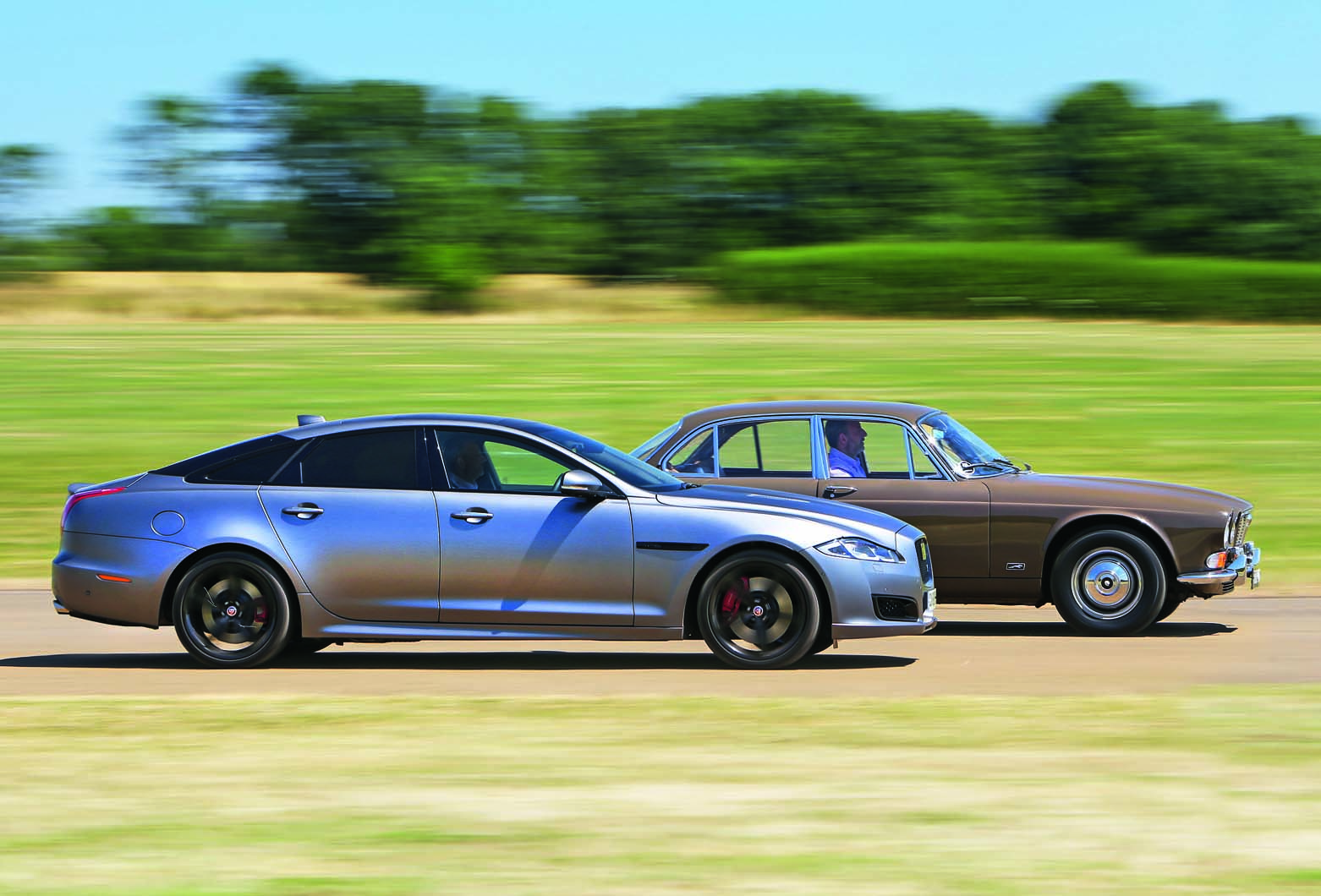
Notably, earlier versions of this XJ also toting the long-serving supercharged V8 motor only achieved their handling prowess at the expense of ride quality that, at times, could descend towards being shockingly poor for a car that retained a clear luxury brief. This one, though, rides splendidly while still cornering tenaciously and exhibiting the resistance to understeer that characterises the way almost all Jaguars have handled since the legendary test driver, engineer and car developer extraordinaire Norman Dewis decreed they should back in the 1950s.
One of Dewis’s cars has joined us. Actually it’s one of his guvnor’s cars if we’re in a mood to be precise. The Sable Green Series 1 XJ6 4.2 with its cinnamon interior is the 370th car built and would have been sold new for £2258 were it not co-opted by none other than Sir William Lyons (knighted in 1956 for services to British industry) to be his company wheels. It is standard in every way and highly original.
Even today it doesn’t look like a car of the 1960s. If you think of the slab-sided, angular machines that companies like Mercedes-Benz were producing at the time, the XJ6 looks almost impossibly svelte and beautiful. It was the last car in whose design Sir William played a full and active part and I think if you look at the cars that came later, it is fair to say that things were never quite the same again. Interestingly, Lyons thought the car sufficiently advanced and futuristic to survive in the marketplace for ‘a minimum of seven years’. In fact, it did rather better than that, the final Series 3 version of what was still essentially the same car staying in production until 1992, some 24 years later.
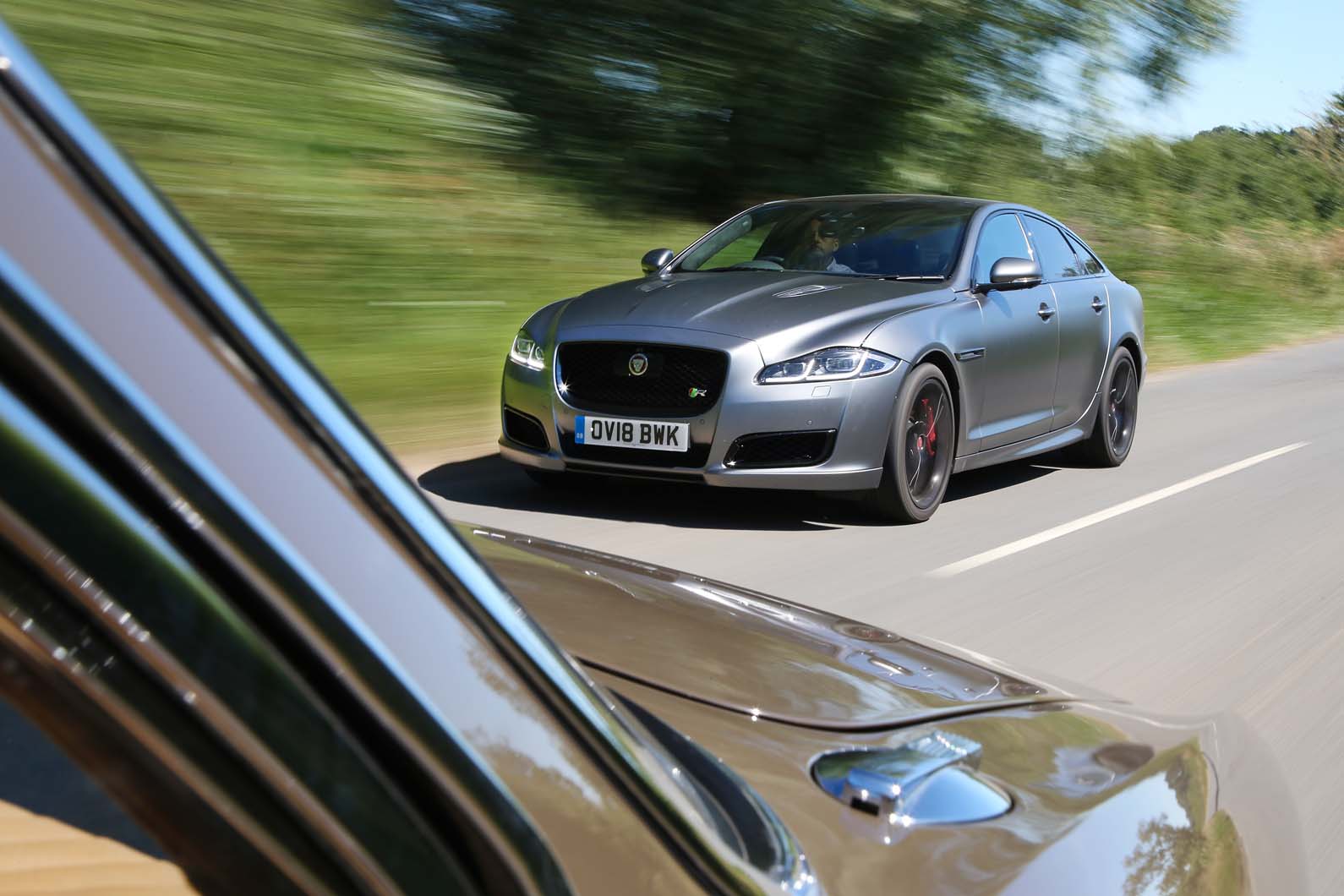

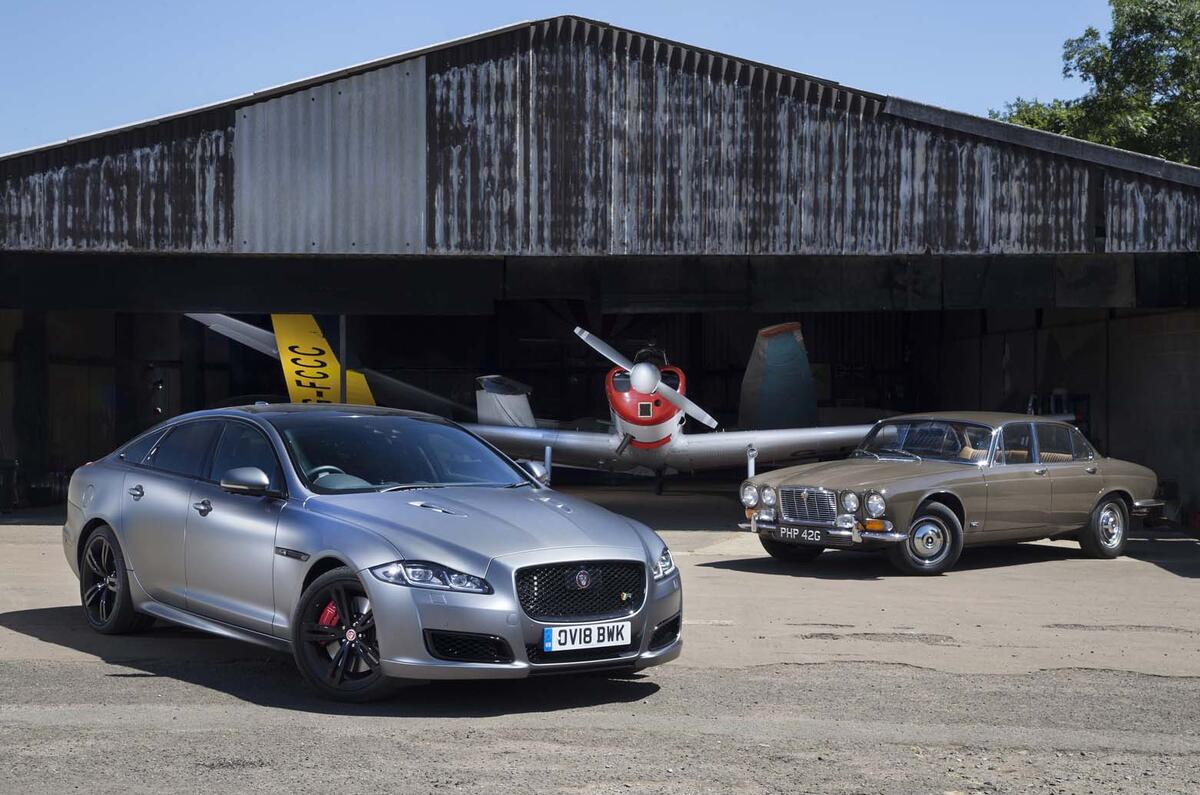
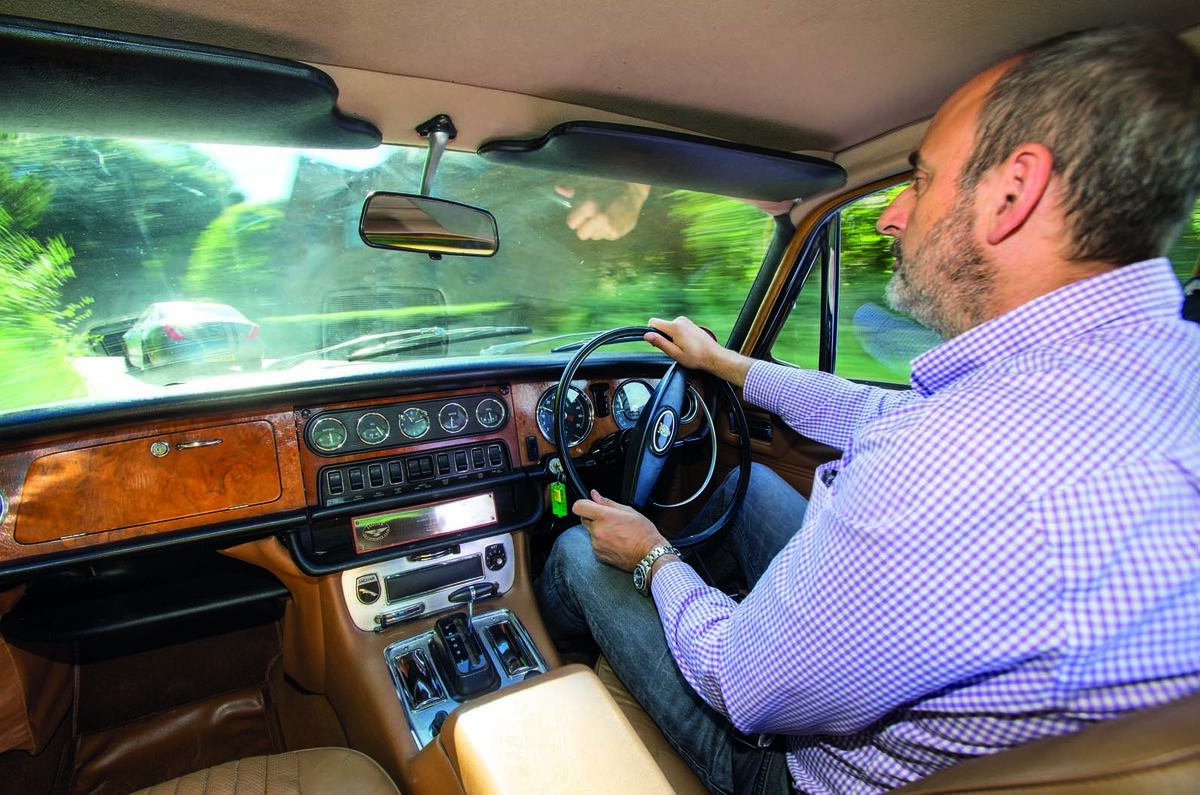
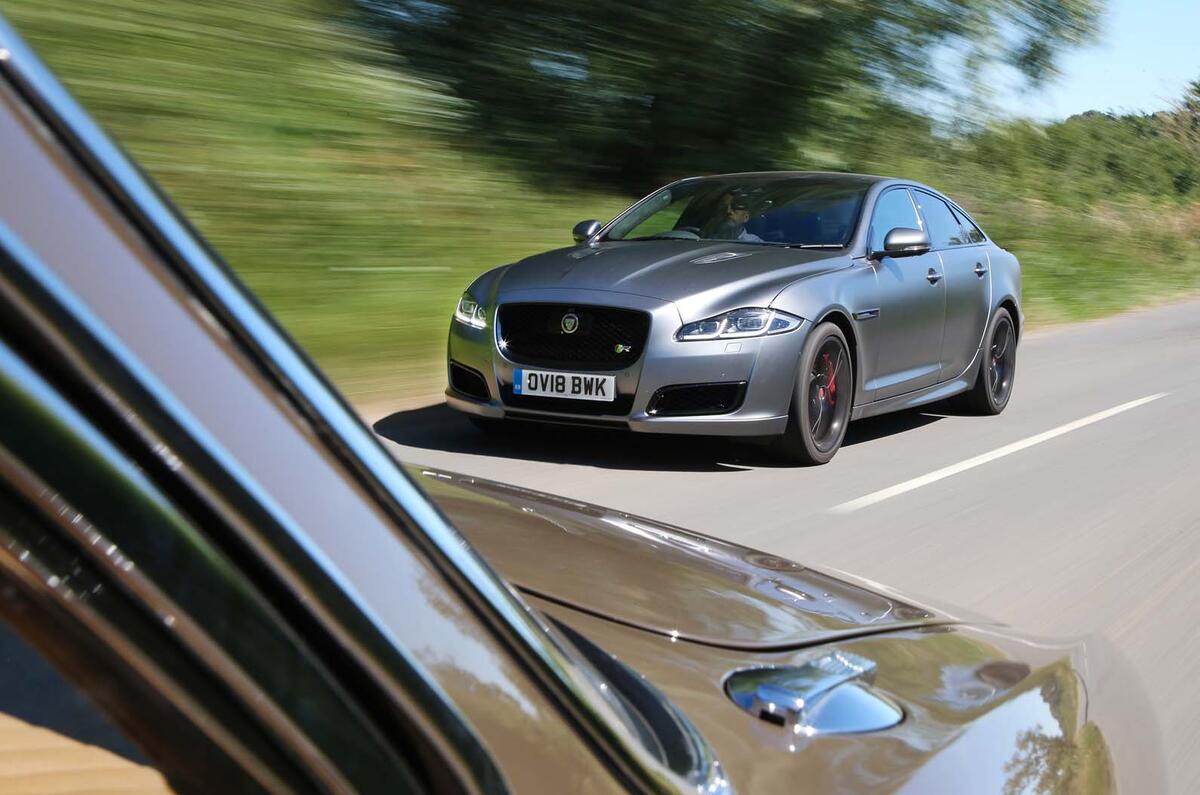
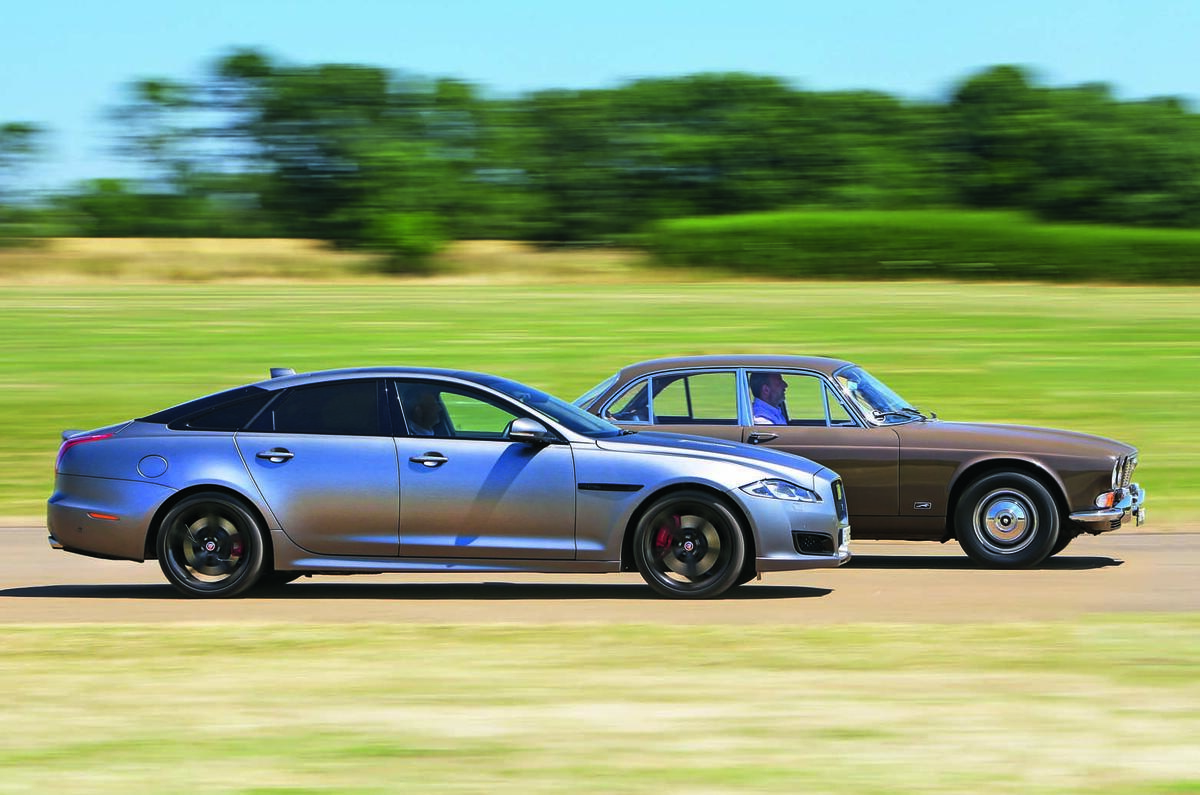
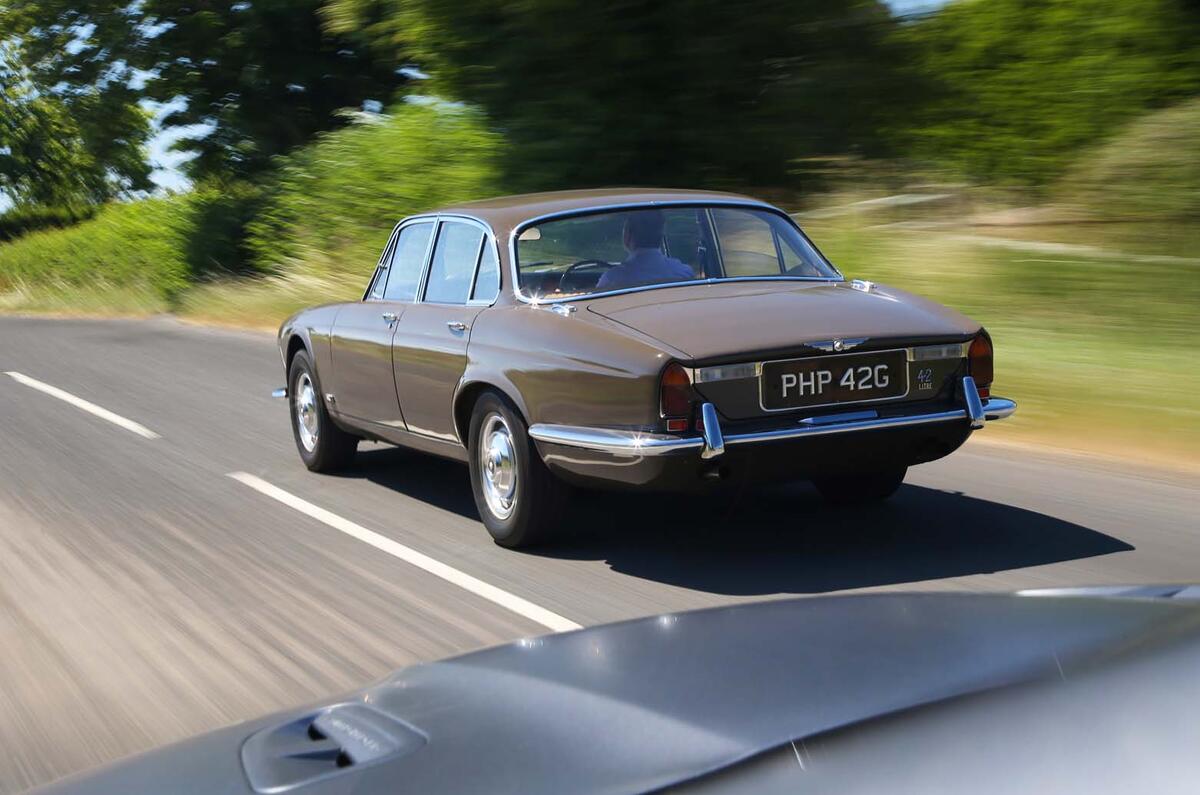
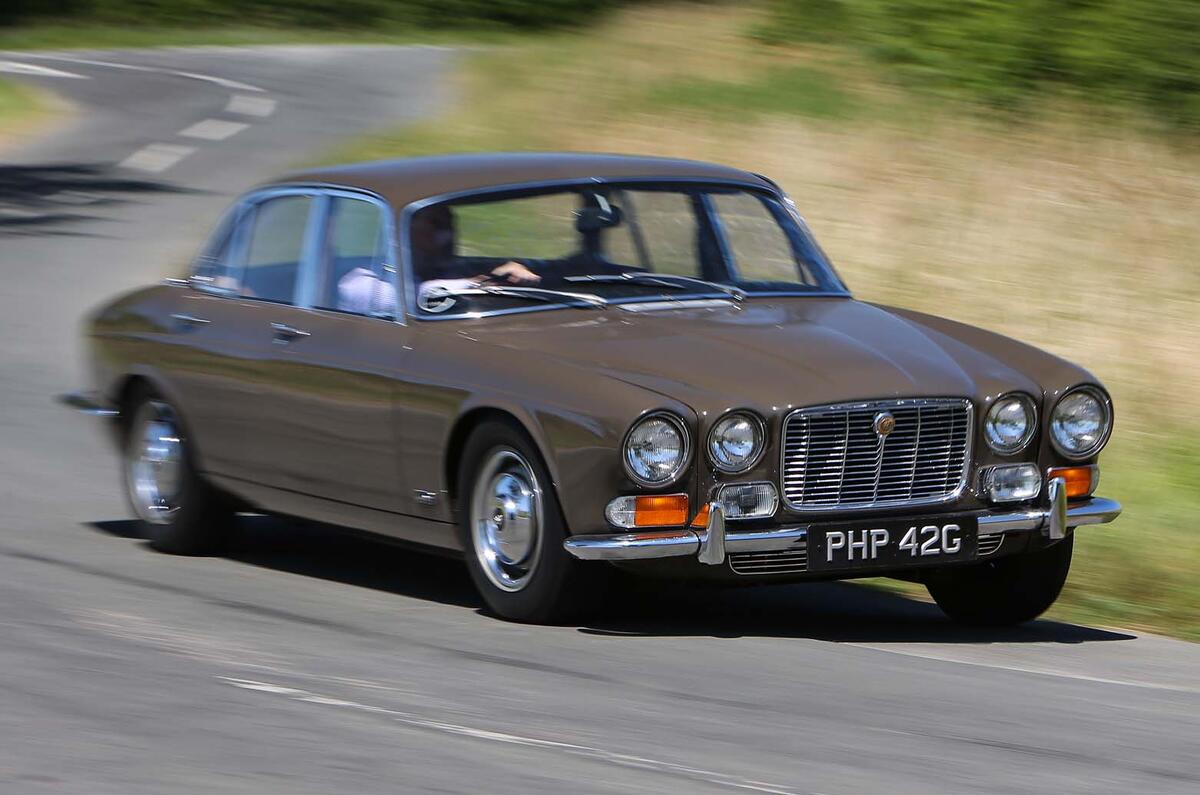

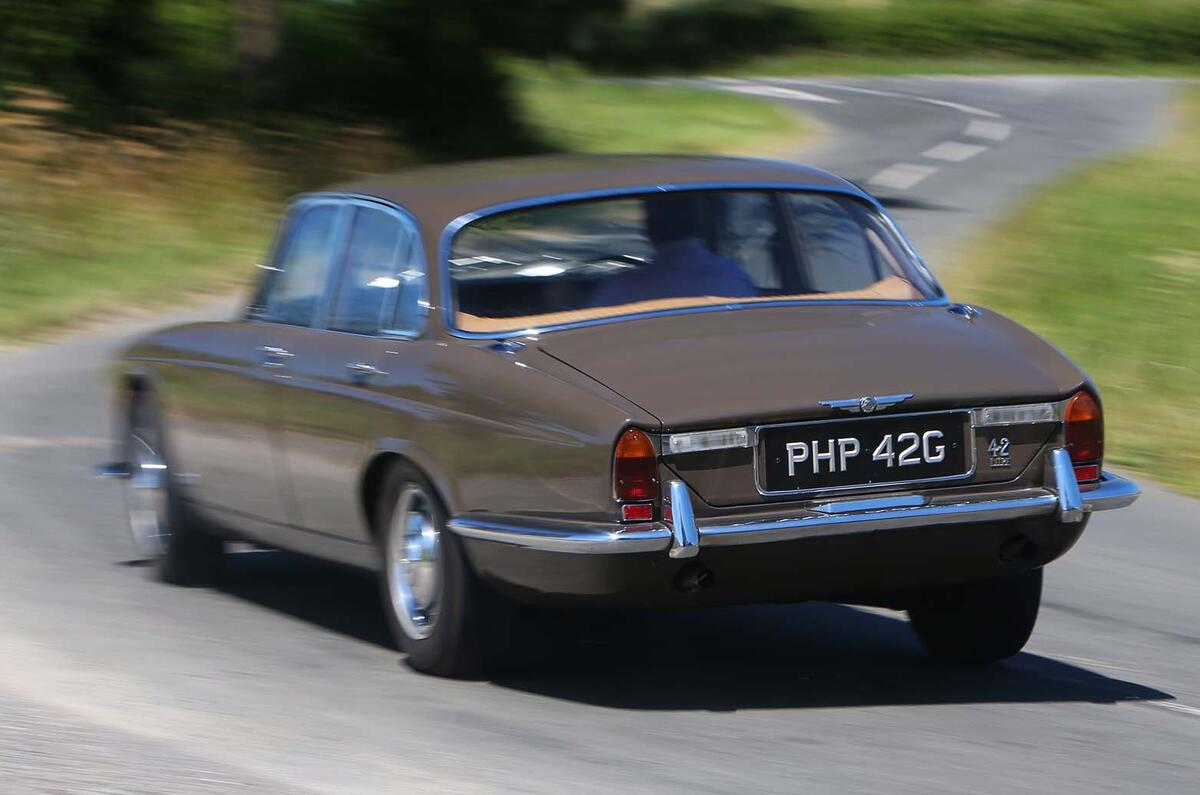
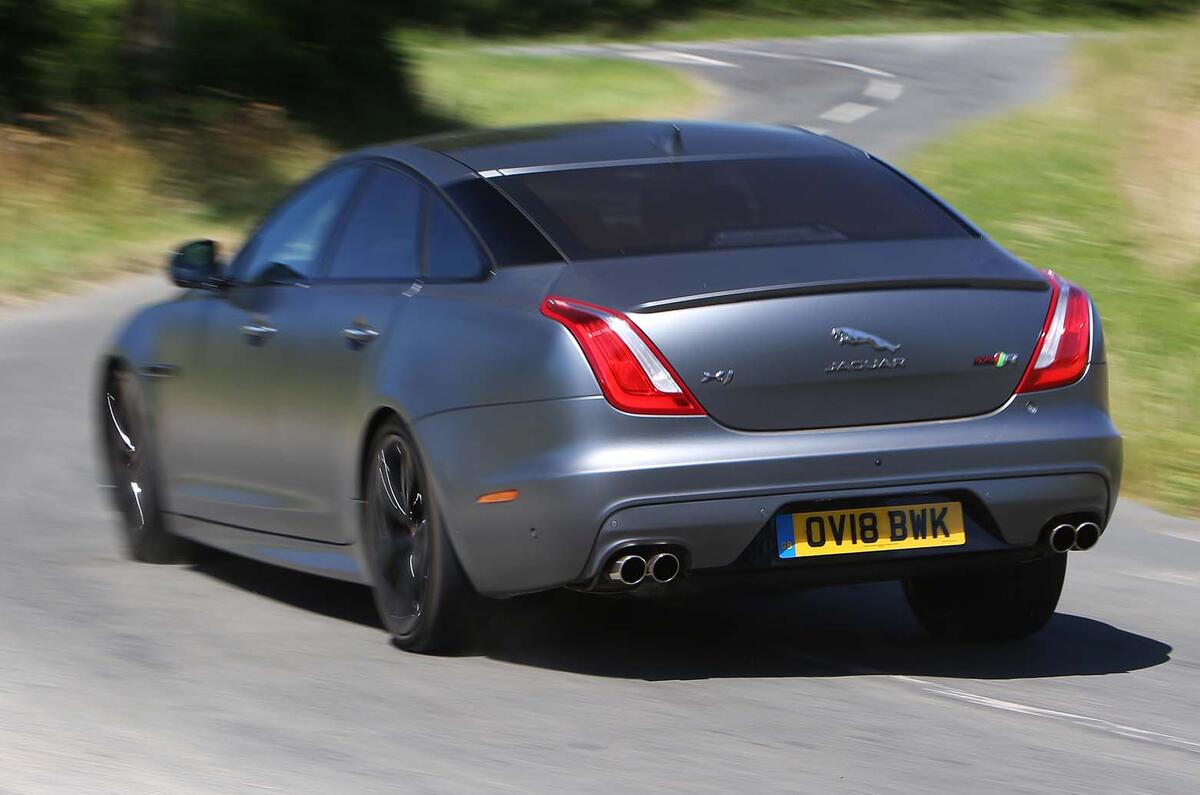
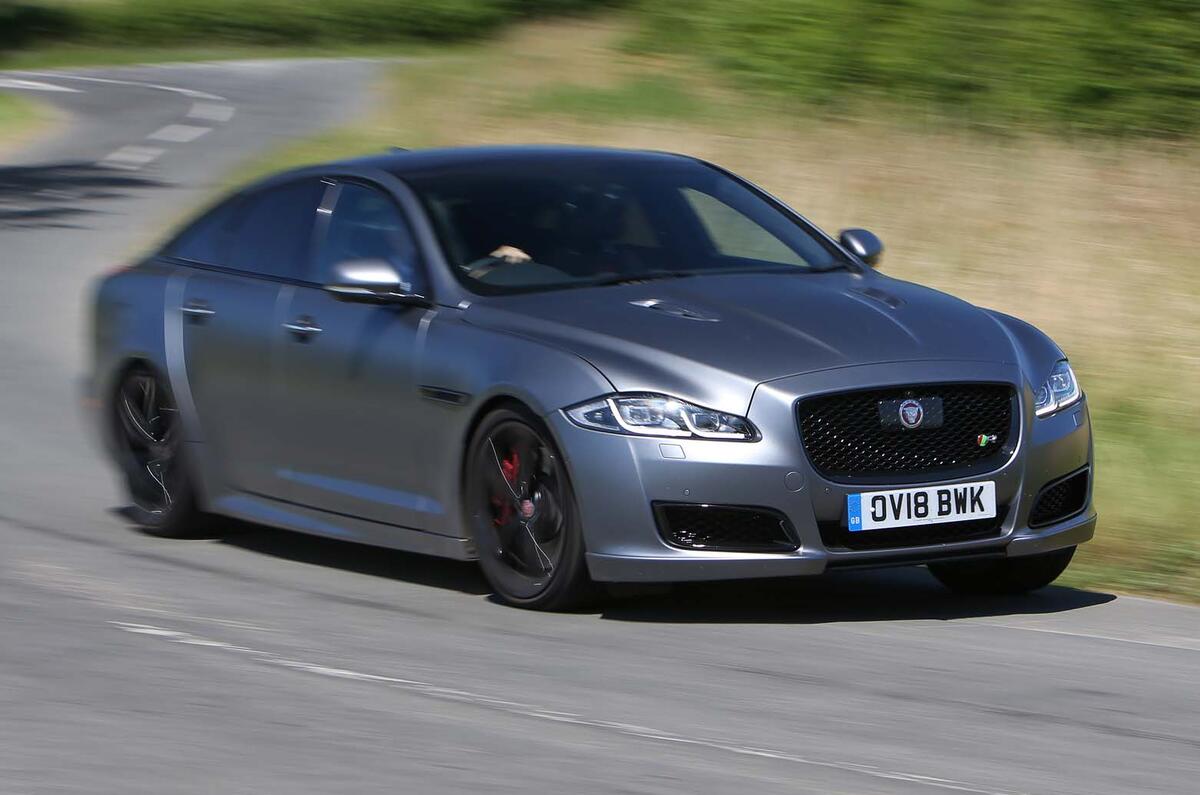
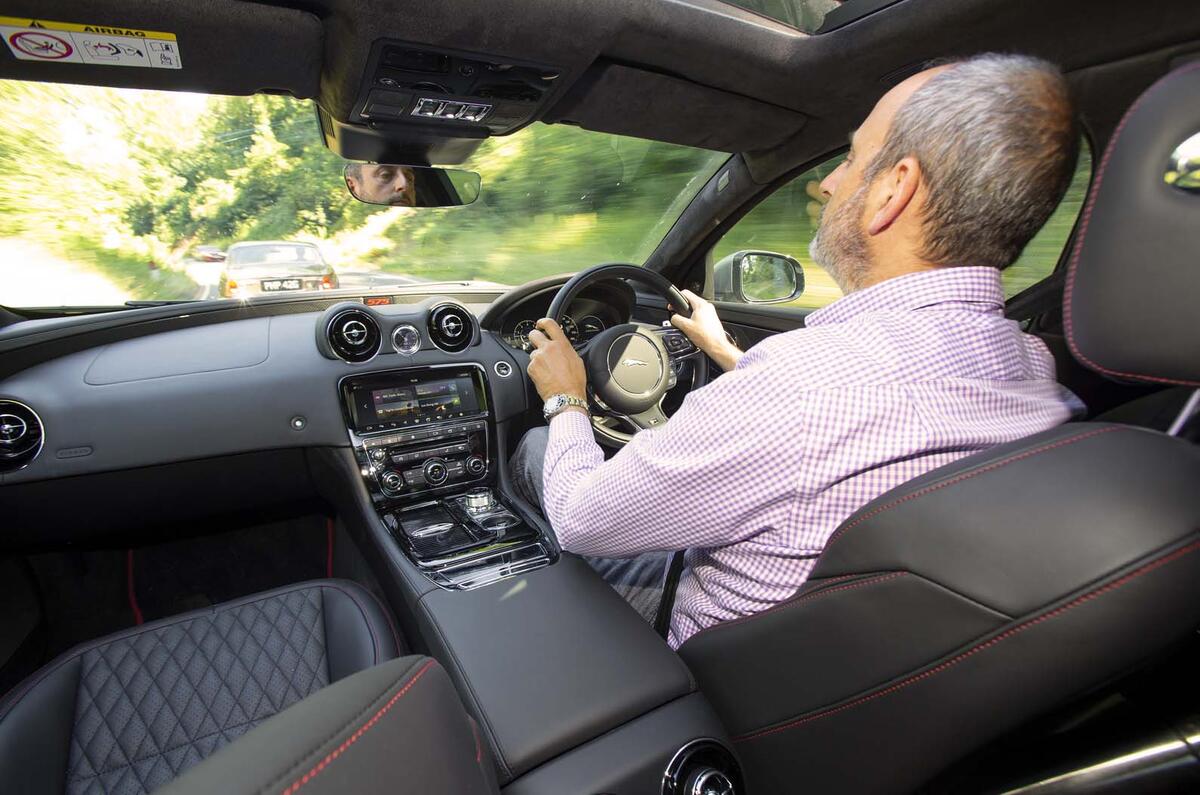
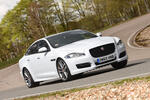

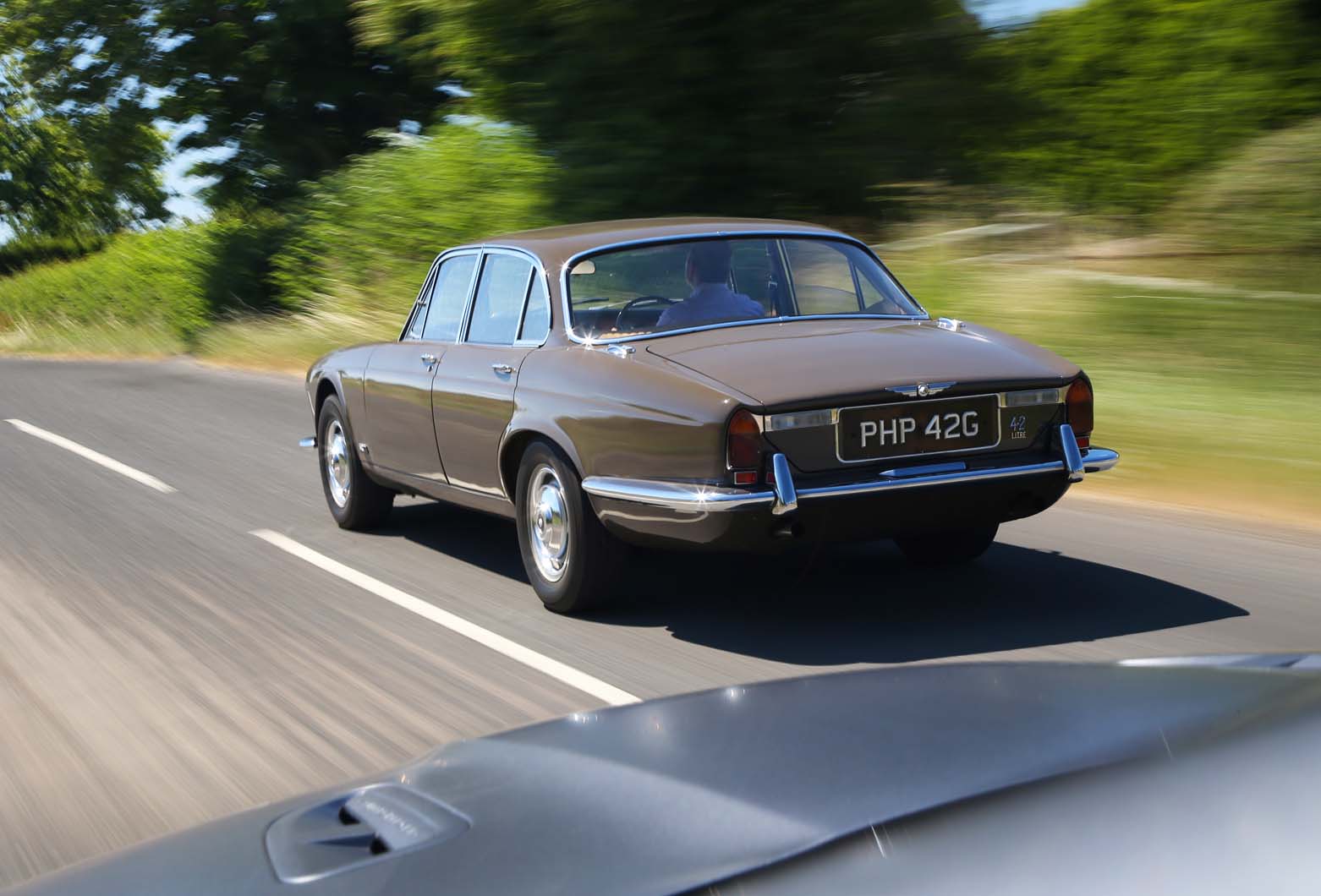
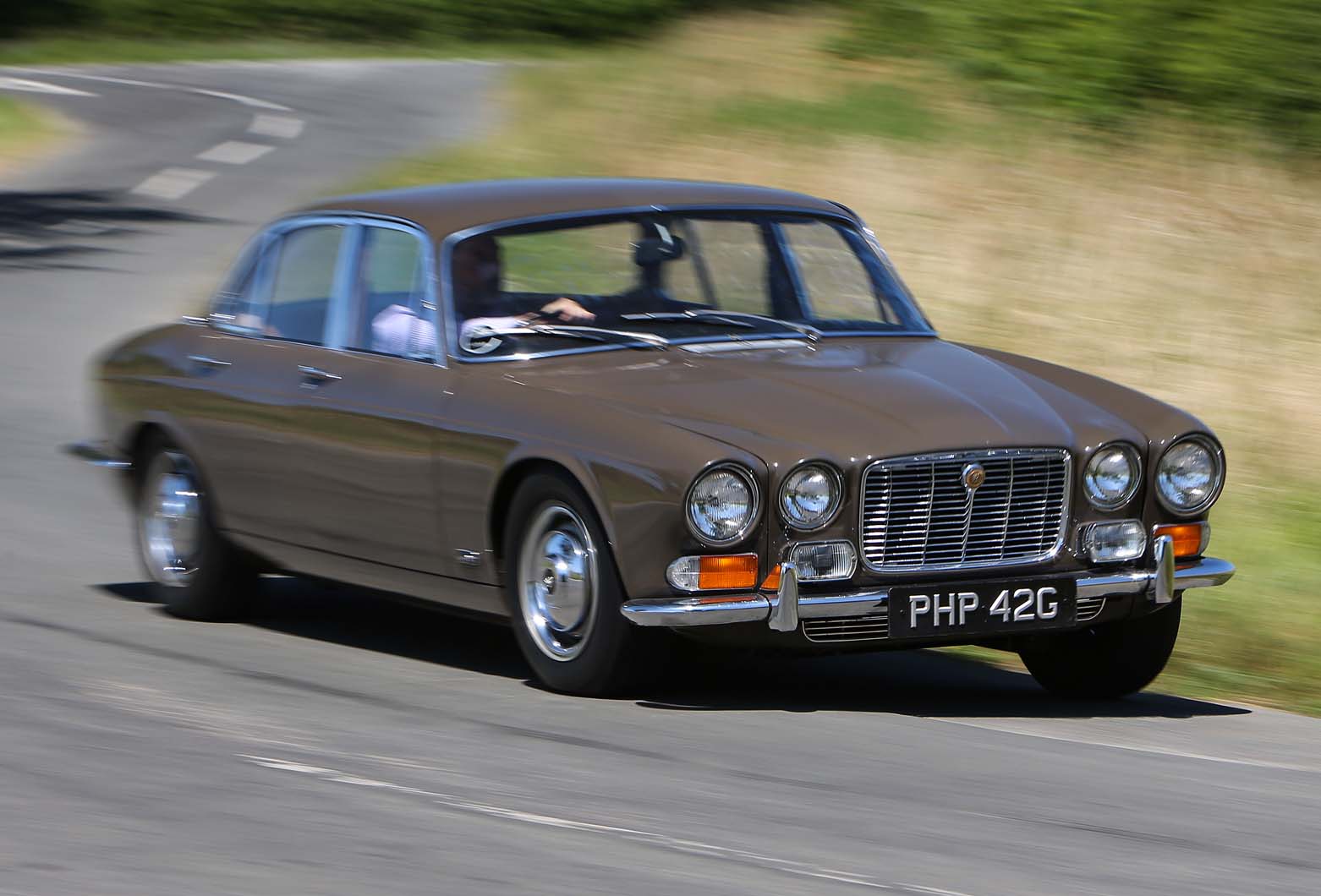
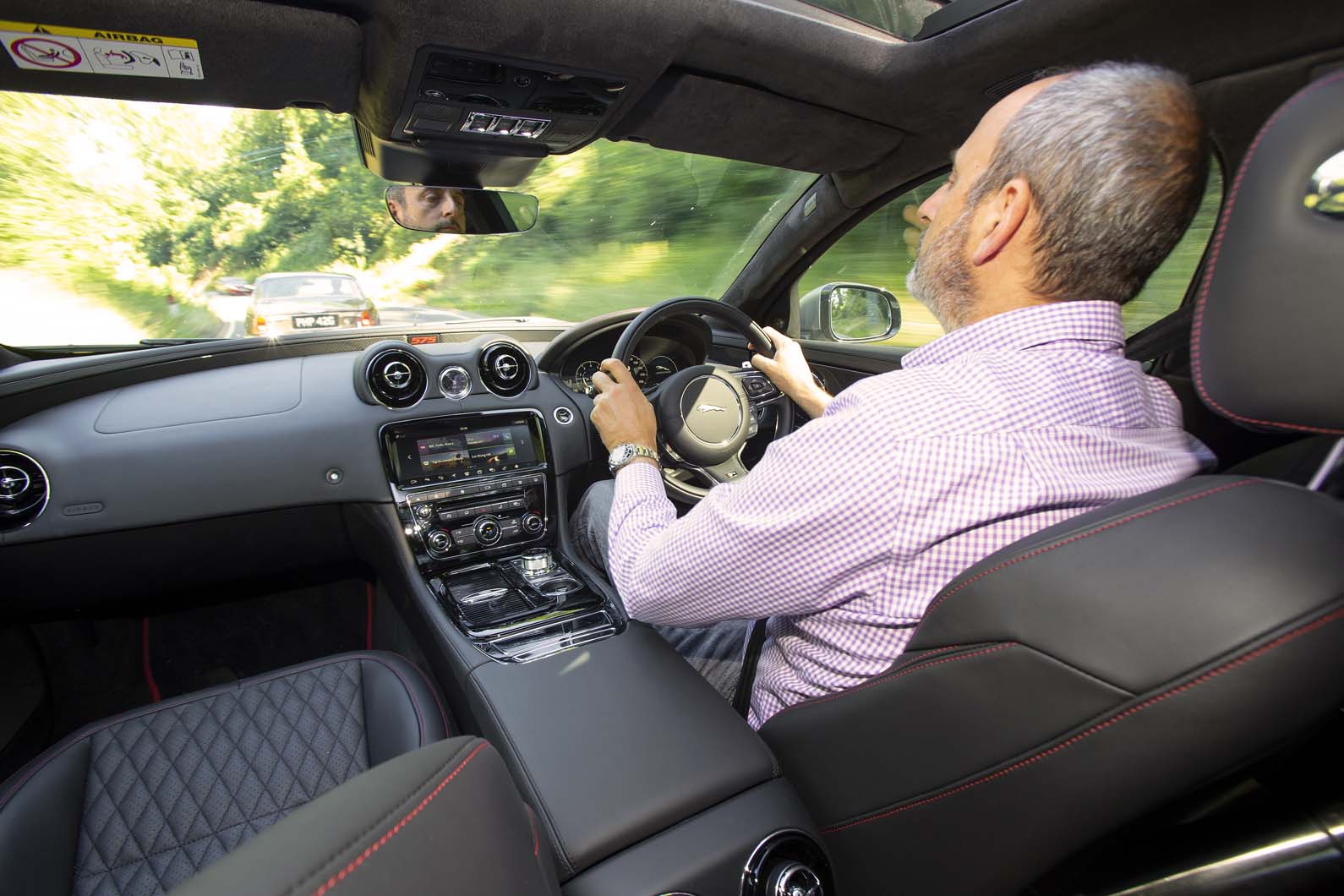
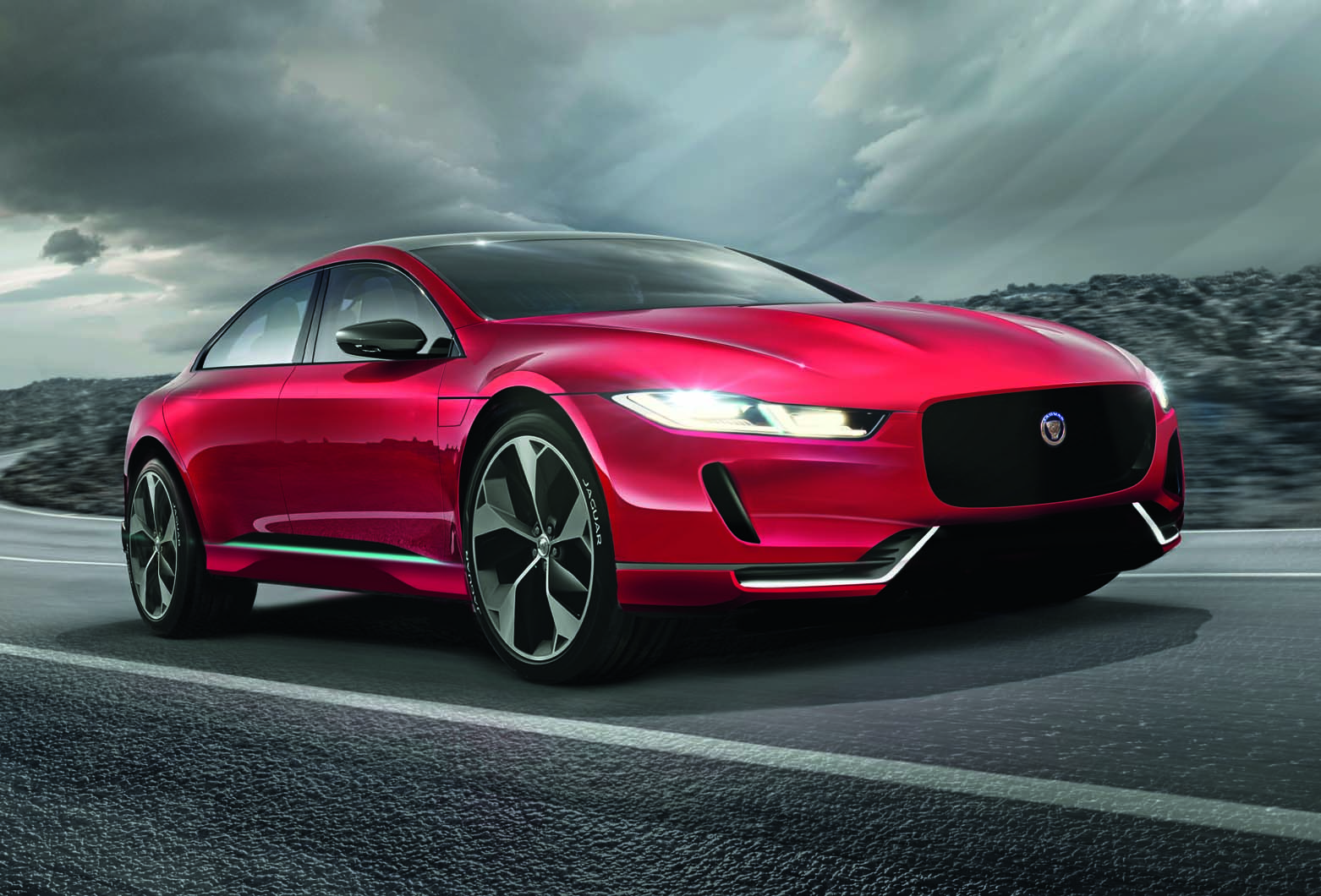
Join the debate
abkq
The G reg numberplate
The G reg numberplate suggests the XJ series 1 to be a very early car. And yet it has the auxiliary rear light arrangement of later series 1. This puzzles me.
Sundym
It's a shame
Mr Callum's work on the restomod mk2 along with lots of other designs proves he's more than capable .
289
@ Andrew Frankel
Err, I think that will be Sable BROWN....not green Andrew.
Awful bloody colour but very popular in the 70's (an era not known for its style). I think the XJ looked best in Dark Blue with tan trim...... particularly on the Daimler Sovereign/Double Six version which carried a bit more chrome.
Add your comment